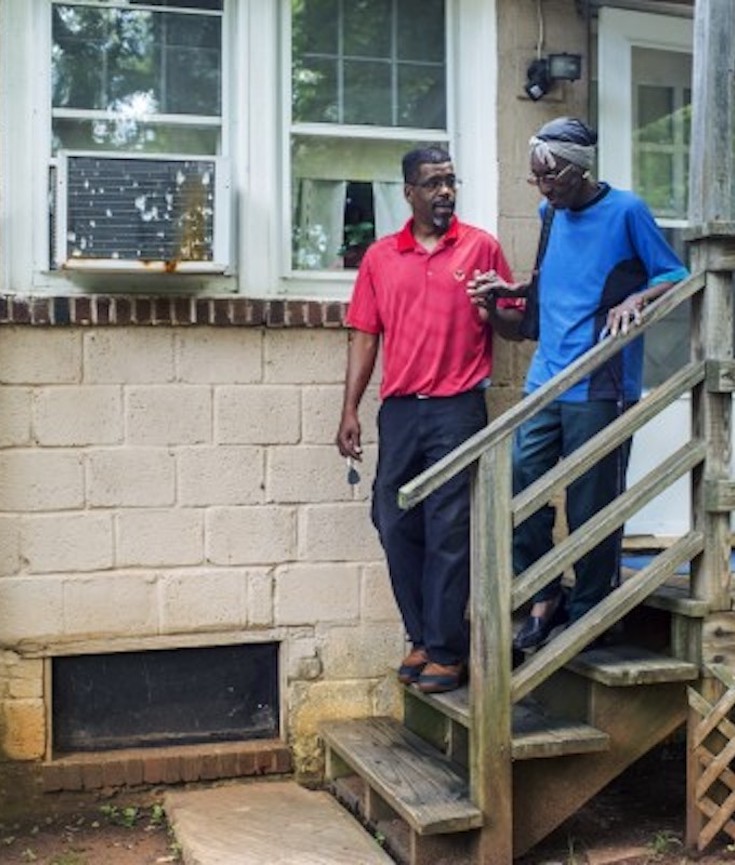[dropcap]The[/dropcap] move would pave over residents’ homes and build power lines in Haymarket, Va., negatively impacting the semirural Carver Road community’s environment and economy.
The World Socialist Web Site reports that last month, Amazon subsidiary VAData, local government agencies and Dominion announced plans to construct 230,000-volt power lines running through Carver Road in order to power nearby internet data centers.
In June, the State Corporation Commission authorized Dominion to seize the land for the towers. WSWS reports that the state of Virginia has awarded Amazon millions in tax breaks and grants to construct its warehouses and data centers. Because really, which one do you think the capital of the Confederacy is going to cape for—a multibillion-dollar company or a working-class black community?
[mc4wp_form id=”6042″]
 Photo | Jason Andrew/For The Washington Post
Photo | Jason Andrew/For The Washington Post
 Photo | Jason Andrew/For The Washington Post
Photo | Jason Andrew/For The Washington Post
Haymarket is a town in Prince William County, Virginia, United States. The population was 1,782 at the 2010 census, a total that was estimated to have grown to 1,909 by 2012.
Haymarket owes its location to the Iroquois as the center of the town was their hunting path. It was used until 1722, when a treaty forced the Iroquois into the Blue Ridge Mountain region. Due to the use of the area as hunting paths, the location, and later the town, was given the nickname The Crossroads.
The town of Haymarket was formally founded in 1799 on the land of William Skinker. The Virginia General Assembly gave Skinker the rights to lay out the town, which he drew to consist of 13 streets and 140 lots. Shortly after, a clerk’s office and jail were constructed sometime in 1801, as the town had been selected to be the home for a now district court. Today St. Paul’s Church stands in its location. The town owes its early thrive in business to the court. Six years later in 1807, the Virginia General Assembly abolished the district court in favor of the circuit court system that was to be located at each county seat. Until 1830 the court house remained the focal point of the town while serving multiple purposes. In 1830, the court house was converted into and deeded an Episcopal church, three years later in 1833 being consecrated St Paul’s. (Wikipedia)


You must be logged in to post a comment.